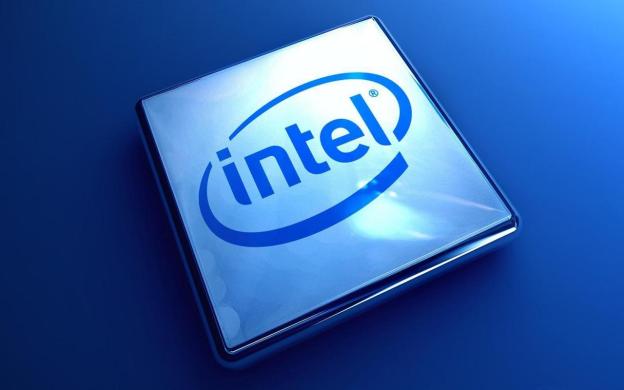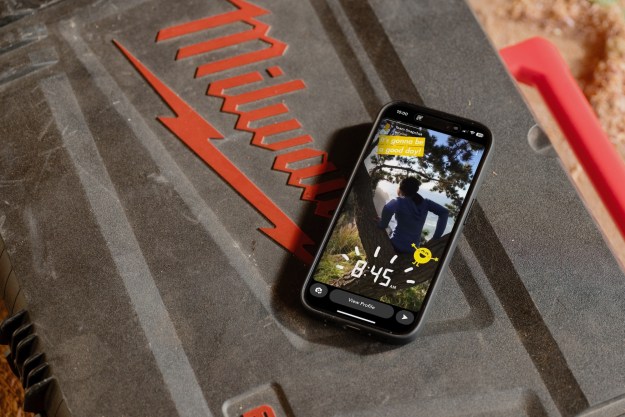
In a recent interview with Reuters, Intel’s relatively new CEO, Brian Krzanich admitted that the company would begin to shift its focus away from desktop PC chips, for which the manufacturer is best-known. Instead, Krzanich says that it will step up its efforts on smartphone, tablet, and wearable electronics front, an area that it has admittedly not been diligent about keeping up with.
This comes amid rumors that the Intel would be taking a turn into the television world which Krzanich admits is an area that the company is looking into, but cautiously. Krzanich said that, while the company is on top of its game as far as computer chip manufacturing is concerned, breaking into the television world would be a huge undertaking. “If we want to provide that service, it comes down to content. We are not big content players.” (It’s still expecting to launch something later this year, pending content deals with potential partners.)
Intel isn’t a complete stranger to the mobile chip manufacturing world. Just last month, the company debuted its Silvermont chip to the world, with the claim that its functionality far surpasses that of the go-to for many phone manufacturers: ARM. Even so, you’d be hard-pressed to find many devices powered by Intel. Under Krzanich, that will all change. While the company’s top manufacturing resources have been historically reserved for PC chips, with mobile chips being relegated to older production lines. But the company is going to begin to more evenly distribute production processes to help prevent falling further behind on growing tech trends.
If Krzanich’s personal tech habits are any indication, the company is heading in the right direction. The CEO makes a point of changing both his personal laptop and mobile device on a monthly basis; today he’s taking calls on a Samsung Galaxy phone – we’re assuming the S4 – and surfing the Web on a Lenovo Helix. He also one of the few early adopters using Google Glass, though he had it tucked away safely in his bag.
We’ll be interested to see just how much this shift in focus impacts the mobile production landscape. But we can’t imagine that the additional competition will do anything other than turn out some top notch chips.

